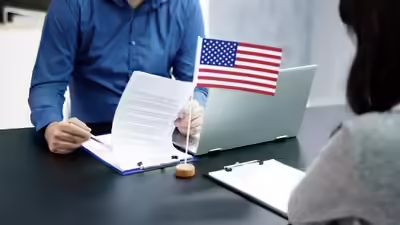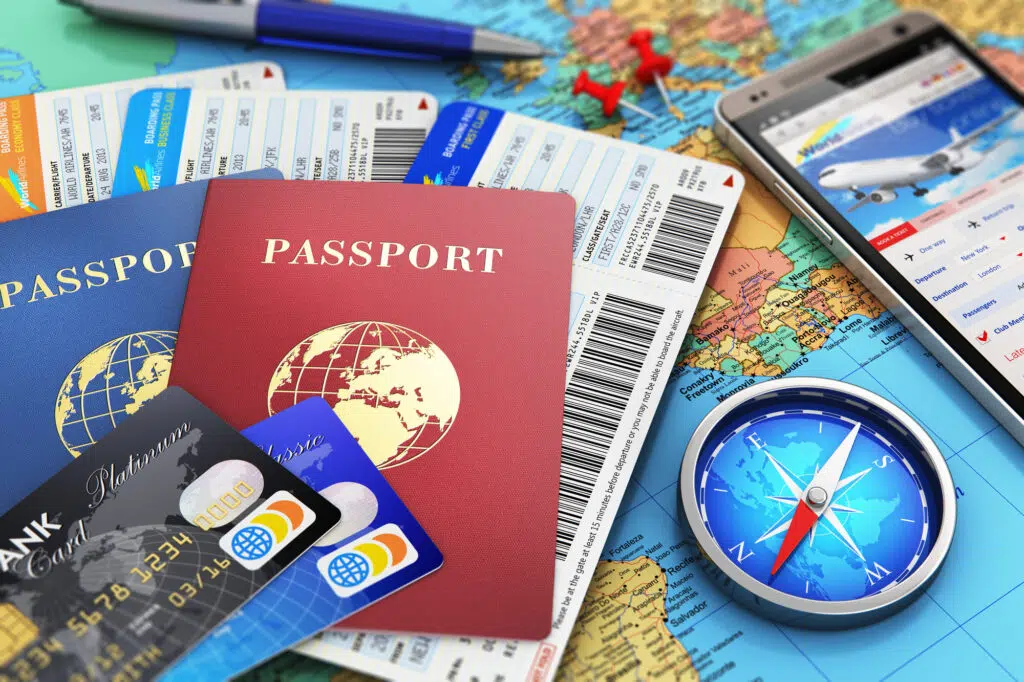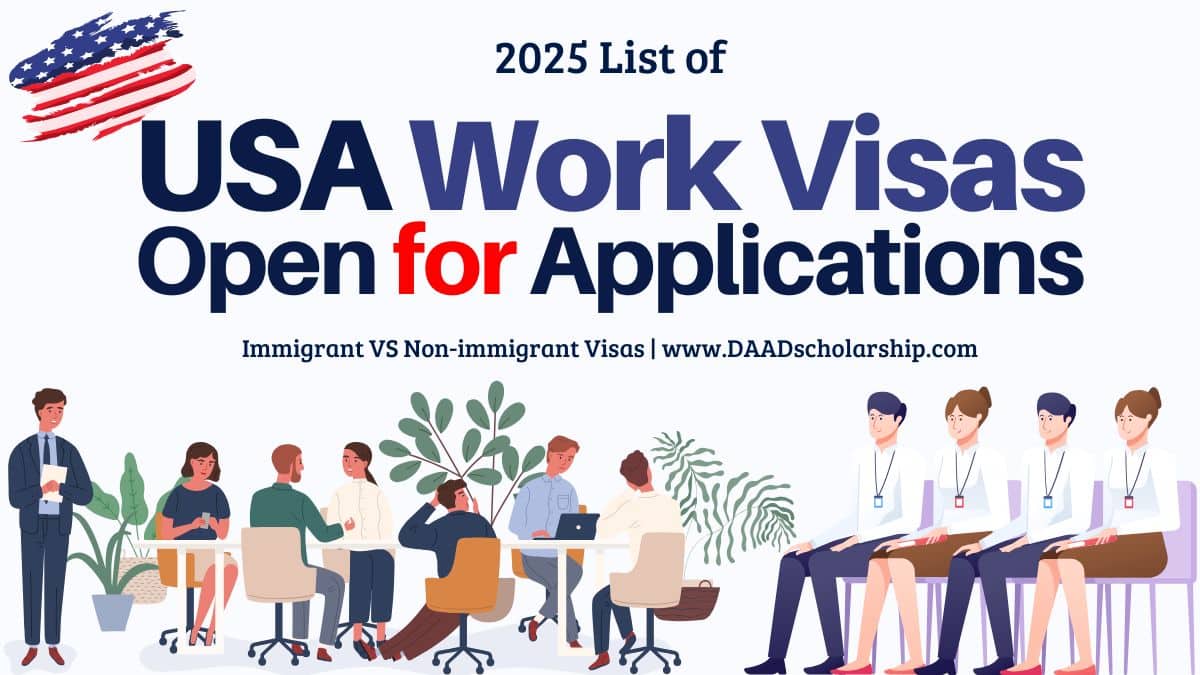America Visa Jobs:Employment Opportunities 2025
The United States remains one of the most sought-after destinations for foreign professionals seeking career advancement and new opportunities. However, navigating the complex web of U.S. work visa requirements can be daunting without proper guidance. Under the current administration, immigration policies have undergone significant changes, with over 170 executive actions already signed that directly impact employment-based immigration This comprehensive guide provides essential information about America work visa jobs, current trends, and practical strategies for securing employment in the United States in 2025

Understanding the U.S. Work Visa System
The U.S. offers two primary categories of work authorization: temporary (nonimmigrant) visas and permanent (immigrant) visas. Temporary visas allow foreign nationals to work in the U.S. for a specific period, while permanent visas lead to green cards and eventual citizenship. The Department of State and U.S. Citizenship and Immigration Services (USCIS) oversee these programs, each with distinct requirements, limitations, and application processes
Most temporary worker visas require an approved petition from a prospective U.S. employer before the applicant can apply. This process demonstrates a fundamental principle of U.S. work visa policy: employers must demonstrate a need for foreign workers due to shortages in the domestic labor market
Major Temporary Work Visa Categories
H-1B Visa: Specialty Occupations
The H-1B visa program targets professionals in specialty occupations that typically require a bachelor’s degree or higher in specific fields. This category includes technology professionals, engineers, architects, and financial analysts. Recent changes have brought stricter adjudications, with increased Requests for Evidence (RFEs) focusing on specialty occupation criteria, wage level justifications, and employer-employee relationships
H-2B Visa: Temporary Non-Agricultural Workers
For fiscal year 2025, the H-2B program has been expanded by 64,716 additional visas to address labor shortages in seasonal industries These visas are specifically for U.S. businesses “suffering irreparable harm” without access to temporary foreign workers. The supplemental visas include:
- 44,716 reserved for returning workers
- 20,000 set aside for nationals of El Salvador, Guatemala, Honduras, Haiti, Colombia, Ecuador, and Costa Rica
This expansion reflects ongoing labor challenges in hospitality, landscaping, construction, and resort industries
L Visa: Intracompany Transferees
The L visa category enables multinational companies to transfer qualified employees from foreign offices to U.S. locations. Applicants must have worked for the company abroad for at least one continuous year within the three preceding years and be entering the U.S. in a managerial, executive, or specialized knowledge capacity
O and P Visas: Extraordinary Ability and Entertainment
These categories serve individuals with extraordinary abilities in sciences, arts, education, business, athletics, or the entertainment industry. The O visa caters to individuals with sustained national or international acclaim, while P visas apply to athletes, artists, and entertainers performing at specific events
Permanent Employment-Based Visas (Green Cards)
For those seeking permanent residency, employment-based immigrant visas are divided into five preference categories:
EB-1: Priority Workers
This category includes persons of extraordinary ability, outstanding professors and researchers, and multinational executives and managers. While EB-1B and EB-1C categories maintain approval rates around 97-98%, EB-1A (Extraordinary Ability) cases face heavier scrutiny with approval rates hovering around 73-75% in 2025
EB-2: Advanced Degrees and Exceptional Ability
The EB-2 category includes professionals with advanced degrees or exceptional ability in their field. A subcategory called the National Interest Waiver (NIW) allows qualified individuals to self-petition without employer sponsorship if their work benefits the United States. NIW petitions remain challenging with approval rates around 67% and significant backlogs
EB-3: Skilled, Professional, and Other Workers
The EB-3 category has become increasingly important for addressing labor shortages in various sectors. This visa covers:
- Skilled workers (minimum 2 years of training or experience)
- Professionals (baccalaureate degree)
- Other workers (less than 2 years of experience)
EB-3 “Other Workers” don’t require a college degree and fill essential positions in industries facing significant labor shortages
In-Demand Jobs and Employment Trends for 2025
The U.S. labor market continues to experience significant gaps between job openings and available workers, particularly in certain sectors:
*Table: High-Demand Occupations and Average Salaries in the U.S. (2025)*

| Occupation Category | Average Annual Salary | Projected Growth |
|---|---|---|
| IT and Software | $78,040 – $112,000 | 375,000 vacancies |
| Engineering | $91,010 – $99,937 | 139,300 vacancies |
| Healthcare | $54,687 – $150,000+ | 16% by 2030 |
| Finance and Accounting | $65,000 | 136,400 yearly openings |
| Human Resources | $58,661 | 273,000 vacancies |
| Hospitality | $35,098 | 451,000 vacancies |
| Sales and Marketing | $51,974 | 179,000 vacancies |
Specific roles experiencing critical shortages include:
- Fast Food Crew Members: With turnover rates exceeding 150% in some cases, quick-service restaurants increasingly sponsor EB-3 visas for reliable workers
- Warehouse Associates: E-commerce growth has created sustained demand for logistics workers, with the sector experiencing a shortfall of over 35,000 workers
- Caregivers and Assisted Living Aides: An aging population has created urgent demand, with approximately 718,900 job openings projected annually
- Light Manufacturing Workers: The U.S. is projected to face a shortage of 1.9 million manufacturing workers by 2033
- STEM Professionals: Employment in STEM fields is predicted to grow by more than 10% by 2031, with nearly 11 million job vacancies projected
The Application Process: Steps to Secure a U.S. Work Visa
- Secure a Job Offer: The first and most critical step is obtaining a formal job offer from a U.S. employer willing to sponsor your visa. Specialized job platforms like USponsorMe and LinkedIn list thousands of visa sponsorship opportunities
- Labor Certification: For certain visa categories, employers must obtain an approved labor certification from the Department of Labor demonstrating insufficient available U.S. workers for the position
- File Petition: The employer files Form I-129 (for nonimmigrant visas) or Form I-140 (for immigrant visas) with USCIS. Under current policies, employers should expect increased scrutiny and potential Requests for Evidence (RFEs)
- Visa Application: Once the petition is approved, applicants complete Form DS-160 and schedule a consular interview. Since 2025, most applicants must provide social media identifiers used in the past five years as part of enhanced vetting procedures
- Interview Preparation: Applicants should gather required documentation including valid passport, photo, petition receipt number, and evidence of ties to their home country. Consular officers have discretion to waive interviews for some applicants, particularly those under 14 or over 79
- Entry and Status Maintenance: After receiving a visa, applicants may request entry at a U.S. port of entry. Note that a visa does not guarantee entry—Customs and Border Protection officers make final admission decisions
Processing Times and Current Challenges
Applicants in 2025 face significantly longer processing times across most categories. PERM labor certifications, I-140 petitions, and adjustment of status applications have all experienced extended processing timelines, with labor certification audits causing 9-10 month delays in many cases
Consular processing has also been affected by staffing changes and potential layoffs at some U.S. embassies and consulates, particularly in high-demand countries like India and China. Routine visa processing in some locations now exceeds 250 days, with employment-based visa interview waits increasing substantially
Strategies for Success in the Current Environment
- Start Early: Begin the process well in advance—at least 6-12 months before your intended start date given current processing delays.
- Document Preparation: Prepare comprehensive evidence that anticipates heightened scrutiny. For employer-sponsored petitions, this includes detailed information about job duties, qualifications, and wage justifications.
- Professional Guidance: Consult with experienced immigration attorneys who understand current adjudication trends and can navigate increased compliance requirements.
- Consider Multiple Options: Explore alternative visa categories if your primary option faces significant backlogs or scrutiny.
- Maintain Status: If already in the U.S., ensure continuous maintenance of immigration status and avoid unauthorized employment.
Resources for Job Seekers
Several specialized platforms connect foreign nationals with U.S. employers offering visa sponsorship:
- USponsorMe: A job board featuring U.S. opportunities specifically for foreigners requiring visa sponsorship
- LinkedIn: Features over 38,000 listed visa sponsorship jobs in various sectors
- EB3.Work: Specializes in EB-3 visa opportunities, particularly for skilled and unskilled positions
- Y-Axis: Provides guidance on visa processes and job opportunities
Conclusion: Navigating the Evolving Landscape of U.S. Work Visas
Despite increased scrutiny and longer processing times, opportunities for foreign workers in the United States remain substantial in 2025. The fundamental need for skilled and unskilled labor in various sectors continues to drive employer sponsorship of foreign nationals. Success in obtaining work authorization requires understanding the complex regulatory environment, careful documentation, and strategic planning.

Prospective applicants should remain informed about policy changes, prepare for extended timelines, and consider professional guidance to navigate this evolving landscape. With proper preparation and realistic expectations, America work visa jobs remain accessible to qualified foreign nationals seeking to contribute to the U.S. economy and pursue their professional dreams.
For the most current information on visa processes and requirements, always consult official government resources:

